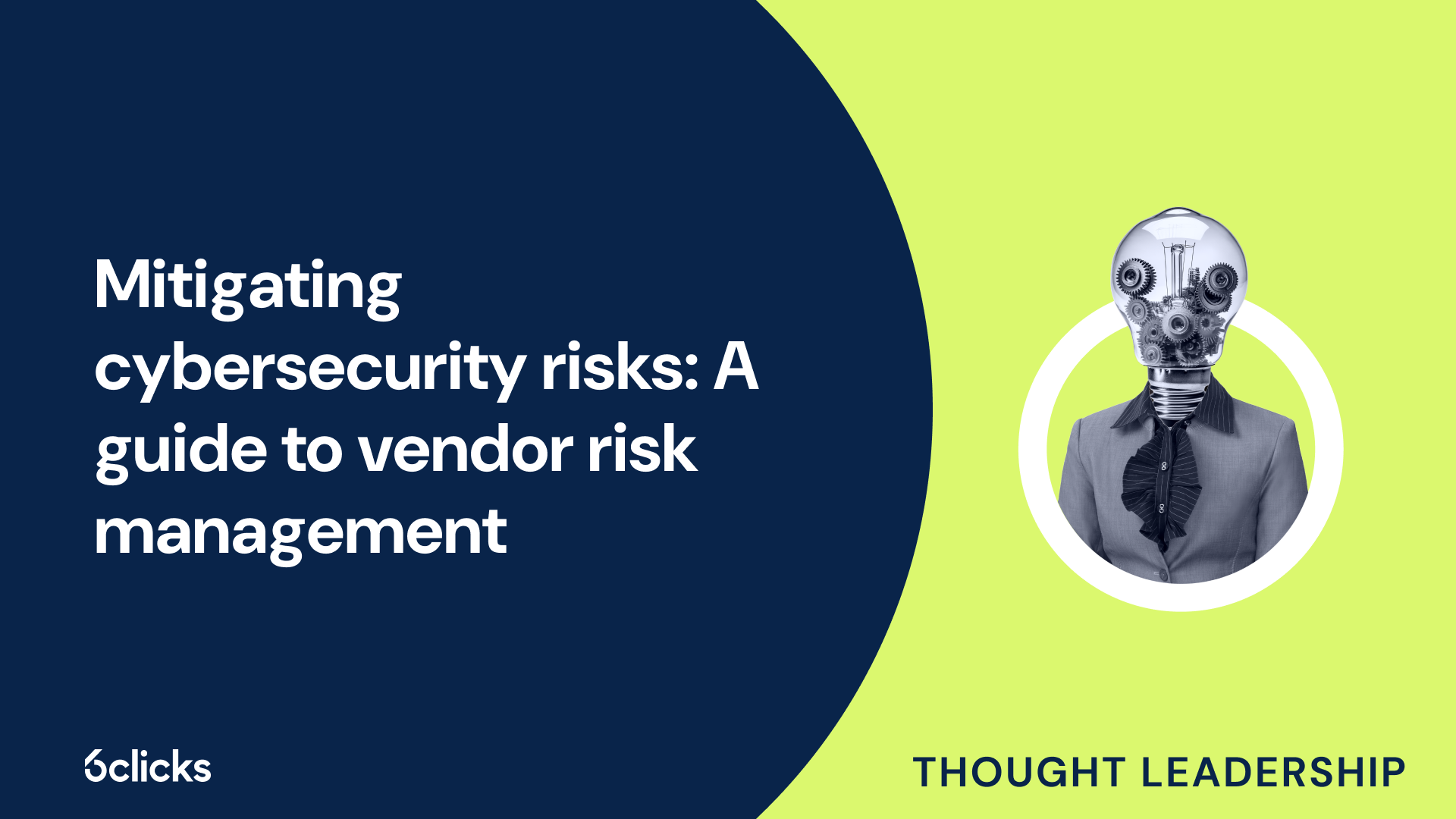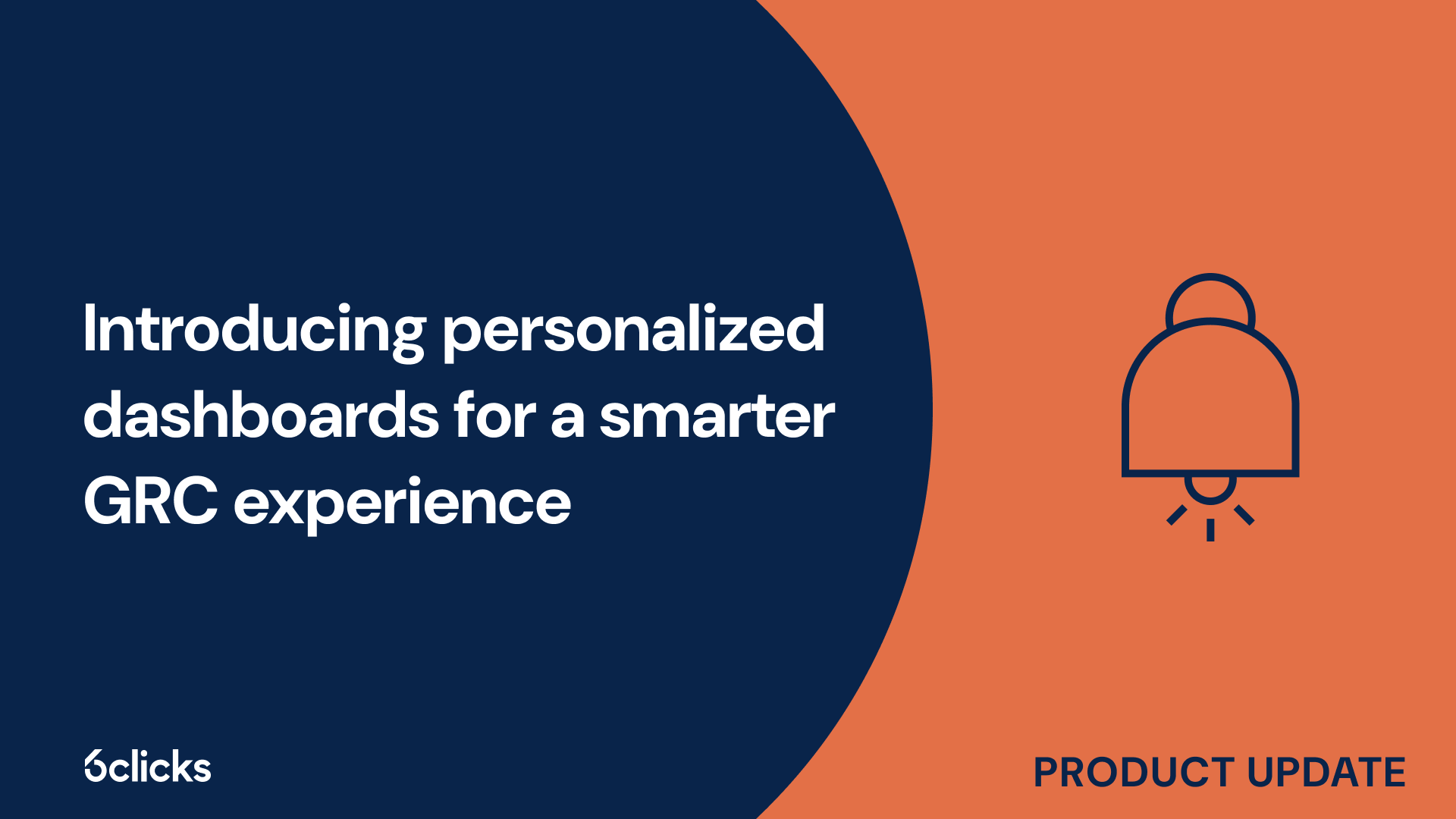The expert's Asnwer to Is ISO 27000 mandatory?
-1.png?width=314&height=391&name=Group%20193%20(1)-1.png)
Is ISO 27000 mandatory?
What is ISO 27000?
ISO 27000 is a series of international standards that provide guidance and requirements for establishing, implementing, maintaining, and continually improving an information security management system (ISMS). The ISO 27000 family of standards is designed to help organizations protect their information assets and manage the risks associated with information security. It includes ISO/IEC 27001, which specifies the requirements for establishing, implementing, maintaining, and continually improving an ISMS, as well as ISO/IEC 27002, which provides best practice recommendations for information security controls. These standards are applicable to organizations of all sizes and industries, helping them to effectively manage their information security risks and ensure the confidentiality, integrity, and availability of their information. Compliance with ISO 27000 standards can also enhance an organization's reputation, increase trust with stakeholders, and provide a competitive advantage in the marketplace.
Is ISO 27000 mandatory?
Implementing ISO 27000, a series of international standards for information security management systems, is not mandatory in itself. However, there are factors that may influence the requirement for organizations to adopt ISO 27000.
National regulations may prescribe specific security policies or standards that organizations must adhere to. Industry guidelines and best practices may also recommend implementing ISO 27000 as a means of ensuring robust security controls. Moreover, government policies may encourage or incentivize organizations to obtain ISO 27000 certification to demonstrate their commitment to protecting sensitive information.
While ISO 27000 itself may not be mandatory, certain contractual requirements, such as those imposed by clients or partners, may make ISO 27000 certification necessary. For instance, organizations handling intellectual property or personal data may require ISO 27000 compliance from their vendors to mitigate security risks.
Advantages of Implementing ISO 27000
Implementing ISO 27000, a series of international standards for information security management systems (ISMS), offers several advantages to organizations. Firstly, ISO 27000 provides a systematic approach to managing and mitigating security risks, helping organizations identify and address vulnerabilities before they lead to security incidents. By implementing ISO 27000, organizations can demonstrate their commitment to protecting sensitive information, building trust with clients, partners, and stakeholders. ISO 27000 also helps organizations establish a comprehensive framework for managing security controls and implementing security measures across their operations, promoting consistency and effectiveness. Achieving ISO 27000 certification can also open up new business opportunities, as it may be a requirement in certain industries or markets, making organizations more competitive. Additionally, ISO 27000 emphasizes continuous improvement, requiring organizations to regularly review and update their security policies and risk assessment processes. Overall, implementing ISO 27000 can significantly enhance an organization's security posture and information management practices.
Improved security measures
Implementing ISO 27000 can significantly improve security measures for organizations. This series of standards provides a comprehensive framework for addressing various information security issues. By adopting ISO 27000, businesses can enhance their security management systems, reduce security risks, and protect valuable assets such as intellectual property.
ISO 27000 standards cover a wide range of security areas, including cloud computing, IT disaster recovery, and storage security. For example, ISO/IEC 27017 focuses on cloud security, ISO/IEC 27031 addresses IT disaster recovery, and ISO/IEC 27040 provides guidelines for storage security. These standards enable organizations to systematically assess and manage security risks, implement appropriate security controls, and establish security policies that meet international standards.
Compliance with ISO 27000 is achieved through audit and certification processes. Organizations undergo a certification audit where an independent certification body evaluates their adherence to ISO 27000 standards. This process includes a gap analysis and a review of security policies, risk treatment plans, and internal audits. Achieving ISO 27000 certification demonstrates an organization's commitment to security objectives and its ability to effectively manage security incidents.
Enhanced regulatory compliance
Implementing ISO 27001 can greatly enhance an organization's regulatory compliance efforts. This internationally recognized standard provides a robust process for managing information security and data protection, which aligns with the requirements of various regulations such as HIPAA, GDPR, GLBA, and PCI.
ISO 27001 helps organizations establish a systematic approach to identifying, assessing, and managing security risks, which is a fundamental requirement of many regulatory frameworks. By implementing ISO 27001's risk management process, organizations can effectively address the security requirements of these regulations.
For example, HIPAA (Health Insurance Portability and Accountability Act) mandates the protection of patient health information. ISO 27001 helps healthcare organizations establish security controls and implement measures to safeguard patient data, enabling compliance with HIPAA requirements.
Similarly, the General Data Protection Regulation (GDPR) requires organizations to protect the personal data of EU residents. ISO 27001 provides a framework for implementing privacy information management systems and establishing effective data protection measures, thereby supporting GDPR compliance.
The Gramm-Leach-Bliley Act (GLBA) and the Payment Card Industry Data Security Standard (PCI DSS) also have specific data protection and security requirements for financial institutions and organizations processing payment card data. ISO 27001 assists in building the necessary security framework and implementing the required security controls to meet these regulatory obligations.
By achieving ISO 27001 certification, organizations demonstrate their commitment to information security and data protection, providing assurance to regulators and customers alike. Implementing ISO 27001 not only strengthens an organization's security posture but also ensures enhanced regulatory compliance in a systematic and efficient manner.
Increased operational efficiency
Implementing ISO/IEC 27001 can significantly enhance an organization's operational efficiency by establishing a robust information security framework. This framework helps reduce vulnerability to cyber-attacks, respond to evolving security risks, ensure data confidentiality and availability, provide a centrally managed framework, and prepare organizations to face technology-based risks.
One way ISO/IEC 27001 promotes operational efficiency is by minimizing the likelihood of cyber-attacks. The standard provides guidelines on identifying and assessing potential vulnerabilities within an organization's information systems. Through continuous risk assessments and the implementation of appropriate security controls, ISO/IEC 27001 helps organizations strengthen their defenses against cyber threats.
Furthermore, ISO/IEC 27001 ensures that organizations can adapt to evolving security risks. With regular risk assessments and constant monitoring of security controls, organizations can proactively identify and address emerging threats. By staying ahead of potential risks, businesses can avoid costly disruptions and maintain operational continuity.
ISO/IEC 27001 also focuses on ensuring the confidentiality and availability of critical data. By implementing robust access control policies and encryption techniques, organizations can protect sensitive information from unauthorized access, ensuring its integrity and availability for authorized users.
Additionally, ISO/IEC 27001 provides a centrally managed framework for information security management. This allows organizations to streamline their security efforts, establish consistent security policies and procedures, and allocate resources effectively. By centralizing security management, businesses can optimize their operations and reduce the likelihood of security gaps or inconsistencies.
Lastly, ISO/IEC 27001 helps organizations prepare to face technology-based risks by promoting a proactive and systematic approach to information security. Through regular risk assessments, internal audits, and the development of risk treatment plans, organizations can identify, evaluate, and mitigate potential risks. This proactive approach enables organizations to address security vulnerabilities before they can be exploited.
Improved organizational reputation
Implementing ISO 27000 standards can significantly contribute to improved organizational reputation. ISO 27000, specifically ISO/IEC 27001, is an internationally recognized certification for information security management systems. Obtaining this certification demonstrates a commitment to maintaining the highest level of security measures and practices.
ISO certification enhances trust and credibility with stakeholders, including customers, business partners, and regulatory authorities. Customers are becoming increasingly conscious of data security and want to ensure their sensitive information is in safe hands. By implementing ISO 27000, organizations can provide reassurance to customers that their data is protected, leading to greater trust and confidence in the organization's ability to handle information securely.
Business partners also place significant importance on security measures, especially when sharing sensitive data or collaborating on projects. ISO certification acts as a reassurance that the organization has robust security controls and follows international best practices, enhancing credibility and fostering stronger partnerships.
Regulatory authorities often require organizations to comply with information security standards. By achieving ISO certification, organizations demonstrate their commitment to meeting regulatory requirements, thereby building a positive relationship with regulatory authorities.
ISO 27000 also has a positive impact on brand image and customer perception of security measures. Being ISO certified can differentiate an organization from its competitors, showcasing a commitment to data security. This can attract customers who prioritize security and enhance the organization's brand image as a trustworthy and reliable entity.
Mandatory certification requirements for ISO 27000
Achieving ISO 27000 certification is not mandatory for all organizations. However, it is becoming increasingly important for businesses to prioritize information security to protect sensitive data and mitigate risks. While ISO 27000 certification is not mandatory, it is highly recommended for organizations that handle sensitive information, such as customer data, intellectual property, and personal information. ISO 27000 provides a framework for implementing robust security measures and follows international best practices. By obtaining ISO 27000 certification, organizations can demonstrate their commitment to information security and gain a competitive advantage in the market. Additionally, ISO certification may be a requirement for certain contractual agreements, regulatory compliance, or when seeking new business opportunities. While it may not be mandatory, ISO 27000 certification offers numerous benefits and plays a crucial role in building trust, enhancing credibility, and mitigating security risks.
National regulations and laws
National regulations and laws play a crucial role in the implementation of ISO 27000, as they define the legal requirements and mandatory standards that organizations must adhere to. Compliance with these regulations is essential for organizations to protect sensitive information and ensure the security of their systems.
In many countries, there are specific legislations that organizations should consider when implementing ISO 27000. These include data protection laws, privacy regulations, cybersecurity frameworks, and industry-specific regulations. Additionally, some countries have national standards that organizations must comply with, which may align with ISO 27000 or provide additional requirements.
The impact of these regulations and laws on an organization's compliance efforts is significant. Failure to comply can result in legal penalties, reputational damage, and loss of customer trust. Organizations need to conduct a thorough risk assessment to identify the specific regulations applicable to their industry and operations. They should then develop robust security policies, risk treatment plans, and security controls to address these requirements.
By implementing ISO 27000, organizations demonstrate their commitment to information security and align with international standards. This systematic approach helps them comply with national regulations and laws related to data protection, privacy, and cybersecurity. Regular internal audits, certification audits, and continuous improvement efforts ensure ongoing compliance with these regulations and support effective security management systems.
Industry guidelines and standards
In addition to national legislation and regulations, organizations should also consider industry guidelines and standards when implementing ISO 27000. These guidelines provide detailed practical guidance on compliance requirements, including sector-specific vulnerabilities and controls.
Industry guidelines and standards serve as valuable resources for organizations, offering a systematic approach to addressing security risks and ensuring the confidentiality, integrity, and availability of information. They provide specific recommendations on implementing security measures and controls, tailored to the unique challenges and vulnerabilities in different industries.
Some industry-specific guidelines include the Payment Card Industry Data Security Standard (PCI DSS) for organizations handling credit card information, the Health Insurance Portability and Accountability Act (HIPAA) for healthcare providers, and the European Union General Data Protection Regulation (EU GDPR) for organizations processing personal data of EU residents.
These guidelines outline the necessary security controls, such as access control policies, incident management procedures, risk assessment processes, and network security measures, required for compliance in each respective industry. By incorporating these guidelines into their ISO 27000 implementation, organizations can ensure a comprehensive and sector-specific approach to managing information security risks.
Complying with industry guidelines not only helps organizations meet legal and regulatory requirements but also demonstrates their commitment to safeguarding sensitive information and protecting the interests of their stakeholders. By following these guidelines, organizations can effectively manage their security risks and enhance their overall security posture.
Government regulations and policies
Government regulations and policies play a crucial role in the implementation of ISO 27000, the international standard for information security management systems. These regulations and policies provide a legal framework that organizations must adhere to when managing their information security risks.
One of the key government regulations that impacts ISO 27000 implementation is the General Data Protection Regulation (GDPR) in the European Union. The GDPR establishes strict requirements for the protection of personal data and organizations that process such data must implement appropriate measures to safeguard it. ISO 27000 provides a useful framework for organizations to meet these requirements by implementing security controls, conducting risk assessments, and establishing incident management procedures.
Other government regulations and policies that organizations need to consider during the ISO 27000 certification process include industry-specific regulations like the Health Insurance Portability and Accountability Act (HIPAA) in the healthcare sector, the Payment Card Industry Data Security Standard (PCI DSS) for organizations handling credit card information, and the Sarbanes-Oxley Act (SOX) for companies operating in the United States.
By adopting ISO 27000 and aligning their information security practices with relevant government regulations and policies, organizations can not only protect sensitive information but also ensure compliance with legal and regulatory requirements. This alignment helps organizations avoid penalties, reputational damage, and legal consequences associated with non-compliance. A diligent and systematic approach to incorporating these government regulations and policies into their ISO 27000 implementation is crucial for organizations aiming to achieve certification and demonstrate their commitment to information security.
Steps to achieve certification for ISO 27000
Achieving certification for ISO 27000 involves several steps that organizations must follow to demonstrate their compliance with international security standards. The first step is to develop and implement a comprehensive information security management system (ISMS) based on ISO/IEC 27001. This includes establishing security policies, conducting a risk assessment, defining security objectives, and implementing security controls to mitigate risks. The next step is to undergo a certification audit by an accredited certification body. This involves a review of the organization's ISMS documentation, interviews with key personnel, and an assessment of compliance with ISO/IEC 27001 requirements. Following the certification audit, organizations may need to address any gaps identified during the audit through a corrective action plan. Once all requirements are met, the organization can achieve ISO 27000 certification, demonstrating its commitment to information security and providing assurance to clients and stakeholders. Regular internal audits and continuous improvement efforts are also necessary to maintain certification and ensure ongoing compliance with ISO 27000 standards.
Develop an information security policy
Developing an information security policy is a crucial aspect of protecting an organization's information assets and ensuring business continuity. The process involves aligning the policy with the organization's business objectives and acquiring support from top management.
By aligning the information security policy with business objectives, organizations can ensure that security measures are in line with their overall goals and strategies. This alignment helps prioritize the protection of critical information assets, such as customer data, intellectual property, and business processes.
Gaining support from top management is essential for the successful implementation of an information security policy. When senior leaders endorse and actively promote security initiatives, it sends a clear message to employees about the importance of information security. Top management support also provides the necessary resources to implement security controls and ensure compliance with international standards, such as ISO/IEC 27001.
Implementing an Information Security Management System (ISMS) based on recognized standards like ISO/IEC 27001 has numerous benefits. An ISMS provides a systematic approach to managing and protecting information assets, reducing the risk of security incidents and data breaches. It helps organizations establish security controls, conduct internal audits, and regularly review risk treatment plans.
Furthermore, an ISMS ensures compliance with regulatory and contractual requirements, demonstrates due diligence, and enhances the organization's reputation. It also fosters a culture of privacy protection by implementing appropriate measures to safeguard personal information.
Create a risk treatment plan
Creating a risk treatment plan is an essential step in achieving ISO 27001 compliance. This plan ensures that organizations can effectively manage and mitigate their information risks.
The process begins with identifying and documenting potential information risks, both internal and external, that could impact the confidentiality, integrity, and availability of data. This can be done through risk assessments and audits, which may involve gathering input from various stakeholders and subject matter experts.
Next, the identified risks are analyzed to understand their potential impact and likelihood. This helps prioritize risks based on their significance to the organization. The evaluation stage involves determining the existing controls and their effectiveness in mitigating the identified risks. Gaps and vulnerabilities are identified, which inform the decision-making process for implementing additional controls.
Once the risks have been evaluated, organizations prioritize them based on their level of risk tolerance and the potential impact on the business. This prioritization helps allocate resources and implement appropriate risk treatment measures. The risk treatment plan documents these decisions and the actions required to reduce, eliminate, or accept the identified risks. It outlines the timeline, responsibilities, and resources necessary for implementing the selected risk treatment measures.
Documenting the risk management process and decision-making is crucial for ISO 27001 compliance. It provides evidence of a systematic and consistent approach to managing information risks. This documentation not only aids in audits and certification processes but also ensures transparency and accountability within the organization. It allows for continuous improvement by enabling organizations to track the effectiveness of risk treatment measures and make necessary adjustments.
Establish internal audits
Establishing internal audits is crucial for ensuring compliance with ISO 27001 standards and facilitating continuous improvement of the Information Security Management System (ISMS). Internal audits provide organizations with a systematic and objective evaluation of their ISMS, identifying areas of non-compliance and opportunities for improvement.
The internal audit process consists of several key components. Firstly, the auditors review documentation such as policies, procedures, and risk assessments to assess their compliance with ISO 27001 standards. They also examine controls and security measures in place to protect information assets.
Secondly, auditors sample evidence to determine the effectiveness of control implementation. This involves reviewing records and conducting tests to verify whether controls are operating as intended.
Thirdly, auditors conduct interviews with ISMS staff and other stakeholders to gain a deeper understanding of the implementation and effectiveness of security controls. These interviews provide valuable insights into potential gaps or areas for improvement.
Lastly, auditors assess their findings and report on the level of compliance with ISO 27001 standards. They provide recommendations for addressing any deficiencies and highlight areas where the ISMS can be strengthened.
By establishing internal audits, organizations can proactively identify and address compliance issues, minimize risks, and improve their information security practices. This iterative process of review and improvement ensures the ongoing effectiveness of the ISMS and helps organizations maintain their ISO 27001 certification.







